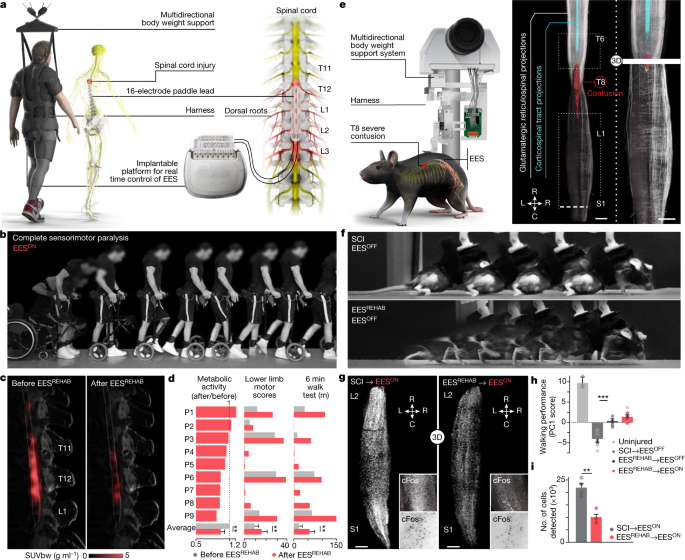2022-11-09 スウェーデン・リンショーピング大学
今回の研究を行った研究者は、75〜76歳の心房細動のスクリーニングの費用対効果を計算し、そのようなプログラムを導入する強い理由があると結論づけている。
心房細動のある人は、一般の人に比べて脳卒中のリスクが5倍高いと言われている。しかし、血液をサラサラにする治療法(抗凝固剤)があり、これによって血栓の形成を防ぐことができる。スクリーニングにより、心房細動の症状がなくても心房細動のある人を特定し、抗凝固薬を提供することで、脳卒中のリスクを低減することが可能になる。
<関連情報>
- https://liu.se/en/news-item/screening-for-stroke-risk-can-save-lives-and-money
- https://academic.oup.com/eurheartj/advance-article/doi/10.1093/eurheartj/ehac547/6806218
心房細動に対する集団スクリーニングの費用対効果:STROKESTOP試験 Cost-effectiveness of population screening for atrial fibrillation: the STROKESTOP study
Johan Lyth, Emma Svennberg, Lars Bernfort, Mattias Aronsson, Viveka Frykman, Faris Al-Khalili, Leif Friberg, Mårten Rosenqvist, Johan Engdahl, Lars-Åke Levin
European Journal of Heart Published:09 November 2022
DOI:https://doi.org/10.1093/eurheartj/ehac547

Abstract
Aims
Previous studies on the cost-effectiveness of screening for atrial fibrillation (AF) are based on assumptions of long-term clinical effects. The STROKESTOP study, which randomised 27 975 persons aged 75/76 years into a screening invitation group and a control group, has a median follow-up time of 6.9 years. The aim of this study was to estimate the cost-effectiveness of population-based screening for AF using clinical outcomes.
Methods and results
The analysis is based on a Markov cohort model. The prevalence of AF, the use of oral anticoagulation, clinical event data, and all-cause mortality were taken from the STROKESTOP study. The cost for clinical events, age-specific utilities, utility decrement due to stroke, and stroke death was taken from the literature. Uncertainty in the model was considered in a probabilistic sensitivity analysis. Per 1000 individuals invited to the screening, there were 77 gained life years and 65 gained quality-adjusted life years. The incremental cost was €1.77 million lower in the screening invitation group. Gained quality-adjusted life years to a lower cost means that the screening strategy was dominant. The result from 10 000 Monte Carlo simulations showed that the AF screening strategy was cost-effective in 99.2% and cost-saving in 92.7% of the simulations. In the base-case scenario, screening of 1000 individuals resulted in 10.6 [95% confidence interval (CI): -22.5 to 1.4] fewer strokes (8.4 ischaemic and 2.2 haemorrhagic strokes), 1.0 (95% CI: -1.9 to 4.1) more cases of systemic embolism, and 2.9 (95% CI: -18.2 to 13.1) fewer bleedings associated with hospitalization.
Conclusion
Based on the STROKESTOP study, this analysis shows that a broad AF screening strategy in an elderly population is cost-effective. Efforts should be made to increase screening participation.


